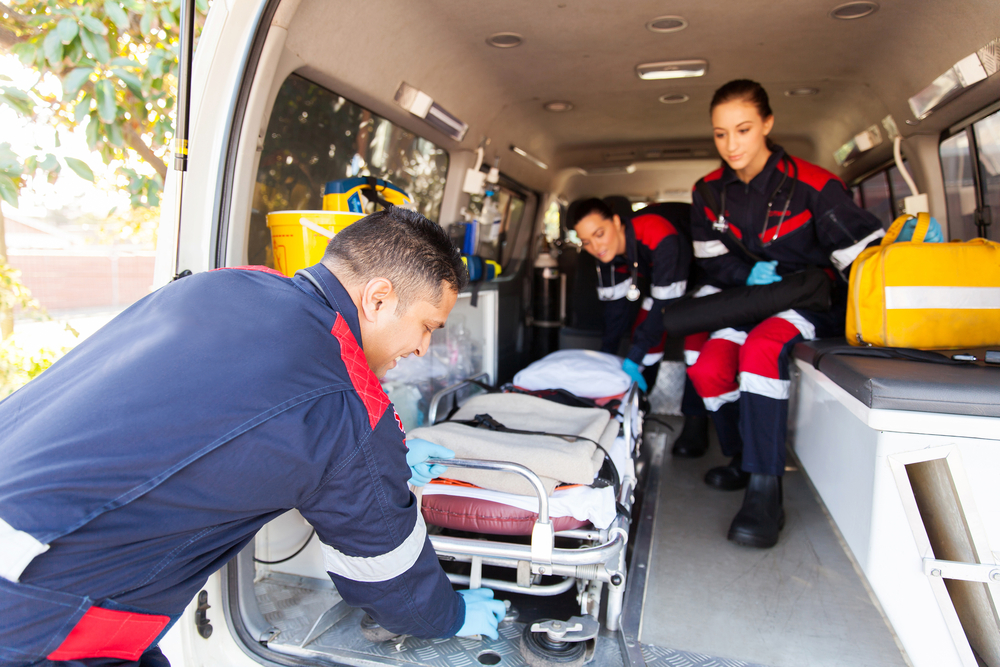💪🌍 Get Ready for Action with Emergency Exercise Frameworks.
Emergency exercises are a crucial component of emergency preparedness and response. They allow organizations to test their emergency plans and procedures in a controlled and safe environment and identify areas for improvement. Many different emergency exercise frameworks are used worldwide, each with its unique approach and benefits. In this blog, we’ll explore some of the most common international emergency exercise frameworks and discuss the pros and cons of using these frameworks for your country or organization.
🌎📝 Exploring Emergency Exercise Frameworks Around the World.
- Homeland Security Exercise and Evaluation Program (HSEEP) – A standardized approach to designing and evaluating exercises for organizations of all types and sizes.
- Canadian Integrated All-Hazard Response Framework (IAHRF) – A comprehensive approach to emergency response planning and exercises that emphasize collaboration and communication.
- European Union Civil Protection Mechanism (UCPM) – A coordinated approach to emergency response and disaster risk reduction that provides funding and resources to member states.
- Australia-New Zealand Counter-Terrorism Committee (ANZCTC) Exercise Framework – A framework designed to improve emergency response capabilities for counter-terrorism incidents through a range of exercise programs.
- United Kingdom National Exercise Program (UKNEP) – A framework designed to test and improve national, regional, and local emergency response capabilities through various exercise programs.
- Japan Comprehensive Disaster Management Exercise (CDME) – A framework designed to improve disaster response capabilities through a range of exercise programs and international collaboration.
- United Nations Disaster Assessment and Coordination (UNDAC) System – A framework designed to support international emergency response efforts through a range of training and exercise programs, as well as technical assistance and coordination support.
- Singapore National Exercise (NE) – A framework designed to test and improve emergency response capabilities at the national, regional, and local levels through a range of exercise programs and collaboration.
🌟🌐 The Benefits of a Global Perspective.
Using an international emergency exercise framework can offer several benefits for your country or organization, including:
- Standardization of exercise design and evaluation, making it easier to compare results and identify areas for improvement.
- Access to best practices and lessons learned from other countries and organizations can help to improve emergency response capabilities.
- Collaboration and communication with other stakeholders at the national and international levels can improve coordination and reduce duplication of efforts.
🤔🌍 When One Size Doesn’t Fit All.
Using an international emergency exercise framework can also have some potential drawbacks, including:
- Adapting the framework to meet your country or organization’s specific needs and context may require additional time and resources.
- The framework may not be fully applicable or relevant to your country or organization’s specific hazards, risks, and emergency response capabilities.
- The framework may not fully address cultural or political factors that can influence emergency response.
🚀🔨 Building a Better Preparedness with Emergency Exercise Frameworks.
Emergency exercise frameworks can be a valuable tool for improving emergency response capabilities and preparedness. International frameworks offer a standardized, collaborative, and flexible approach to exercise design and evaluation and can provide access to best practices and lessons learned from other countries and organizations. However, it’s important to consider your country or organization’s specific needs and context when selecting and using an international framework and to adapt it as needed to meet your needs and goals. Ultimately, the goal of any emergency exercise framework should be to improve emergency response capabilities and better protect communities from the impacts of emergencies and disasters.
